Recipe for making fond brun de veau, brown veal stock, at home (Escoffier, 4).
About Veal Stock
Since 1903, when accomplished chef and successful restaurateur Georges Auguste Escoffier (1846-1935) published Le Guide Culinaire, French cooking has never been the same. Important enough to Escoffier, he listed the recipe for fond brun de veau (“fawn-BROWN-deh-voo”), or brown veal stock, as one of the first recipes in his book. It is le fond, the “foundation,” on which many of his other sauces are based.
His was the first published, simplified version of much older French recipes, based presumably on those of original star chef Marie-Antoine Carême (1784-1833) and others. I wonder what the oldest, first published reference is to fonds de veau. Anyone out there know? More research must be done!
This versatile stock can be used in many dishes, and imparts a much richer taste that when using simply plain beef stock. It’s neither sweet, salty, bitter, nor sour — it’s umami. It’s the “very quintessence of veal.”
What are the basic steps in making your own veal stock?
- For a white veal stock, fond blanc de veau (“fawn-BLONK-deh-voo”), simmer the bones, then rinse in cold water to clean. Or, for a brown veal stock, fond brun de veau, roast the bones first.
- Barely simmer the bones the first time for many hours (depending on recipe, from 180°F-200°F, never boiling). Strain the bones and save the first stock.
- Simmer a second time, making a second weaker stock. Called the remouillage (reh-moo-YAZH), or ‘remi’ for short, in French means “re-wetting.” Strain.
- Combine the two.
Now that doesn’t sound too difficult, does it? You can do it — and it makes your house smell warm and comforting! (That is— if you’re not vegetarian, evangelical vegan, an animal activist, or juvenile bovine…)
I’ve made veal stock from Thomas Keller’s multi-day, multi-complicated (but highly detailed) recipe from The French Laundry Cookbook. Then a couple of years later, I made Anthony Bourdain’s recipe from Les Halles Cookbook, and Grant Achatz’s recipe from his Alinea Cookbook. So Escoffier’s is the fourth! Next on the list is Michael Ruhlman’s simplified veal stock recipe from Elements of Cooking, which looks good too. And he is certainly passionate enough about it, writing that “veal stock is the essential. If you could have only one preparation in a book of essentials, veal stock would have to be it.”
The Escoffier recipe for veal stock is varies from both Keller’s and Achatz’s. Escoffier uses no tomato paste to color his stock, nor pepper, and adds salt! It is a recipe that takes a half day to make. You basically boil the hell out some bones and herbs for six to eight hours.
Why do you simmer a stock for so long?
Because bones contain collagen, which when simmered in water forms gelatin. The more gelatin there is in the stock, the more body it will have as the water evaporates, thus the long simmering times. Not only is the flavor extracted and concentrated — so is the gelatin, which gives the stock a natural thickness.
“Types of bones that are naturally high in cartilage include so-called ‘knuckle bones’ found in the large joints” says Danilo Alfaro in The Basics of Making Stock: Bones, Vegetables & More. This is why bones of younger animals such as veal are so desirable for stocks.
For a full discourse on making stock, especially veal stock, I highly recommend Michael Ruhlman’s The Elements of Cooking.
Veal Stock
I went to Iowa Meat Farms (6041 Mission Gorge Road, San Diego, CA 92120, 619-281-5766) and bought some veal shoulder and bones.
The first step in making this stock is to brown the meat and bones in an oven. Roasting them will help give the stock natural color. Add enough canola oil to coat the bottom of a roasting pan, and heat on the stove. Sear the meat until it’s a nice brown, then add the bones. Put the whole thing in a 400ºF oven for 30 minutes, or until the meat and bones have a nice brown color.
In the bottom of a large stockpot, layer the slices of carrots and onion. Top this with the meat, bones and any remaining roasting juices. Cover and sweat for 15 minutes over low heat.
Uncover and increase the heat to high. Add a cup of water and reduce to a glaze (until most of the water has evaporated). Add a second cup of water and reduce to a glaze, stirring. Add a third cup of water and reduce to a glaze once more, stirring. As it reduces, make sure to scrape the brown bits from the bottom of the pan. Everything in the pan should get a darker brown color during this reduction process.
Add the remainder of the water to cover the bones by at least six inches, and bring to a gentle simmer. If you boil it hard, the stock will go cloudy. This is a NO-NO. Any chef would belittle you for months on end for a transgression like that.
Simmer for at least six hours. Check it regularly, and skim the foam from its surface. Personally, I like to simmmer my stock for 8-12 hours.
Then strain the first stock through a chinois, saving the bones for the second stock, or remouillage..
Add the bones to a clean stockpot and fill with water, add some more tomato paste, bring to a boil, then simmer for another eight hours. Check it regularly, and skim the top. Strain this second stock through a chinois, and discard the bones.
The third stage is where you combine the two and reduce the sauce until it concentrates into a beautiful brown meaty goodness. Or should that be a beautiful brown saucy goodness?
First and second stocks are noticeably different in both color and taste…
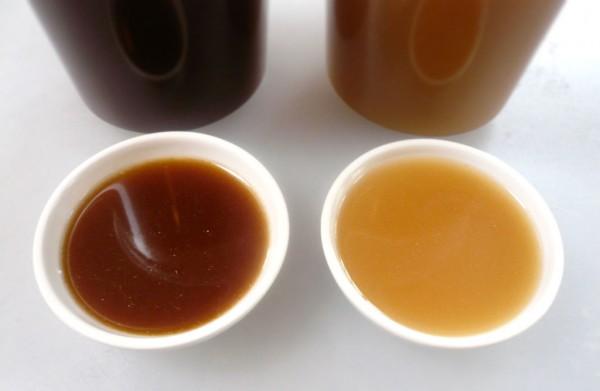
Reserve the stock in plastic containers. Veal stock may be frozen for later use.
Veal stock substitutions
If you just don’t want to go to the trouble or expense of making your own from scratch, you can substitute a strong, low-sodium beef stock. Take a beef stock and reduce it down so it’s richer than normal, but make sure to use one with little salt, or this will intensify along with the beef flavor.Or, if they have it, buy a box of Wolfgang Puck veal stock from your local butcher, Whole Foods or specialty grocer.
WARNING: If you substitute, you may incur the wrath of some veal stock purists.
Ingredients
3000g veal shoulder or shin, deboned and tied
2500g veal bones, cut into 2-inch chunks
canola oil
300g sliced carrots
200g sliced onions
2 fresh bay leaves
2 fresh thyme sprigs
100g parsley
6000g (1.5 gallons) water
20g sea salt
Equipment
Salter digital scale
Measuring bowls
Cutting board and kitchen knife
Large stock pots
Wooden spoon
Chinois, strainer or sieve
Spoon or small strainer for skimming
Small bowl
Plastic containers
Total time: 16 hours
Yields: 2-4 quarts of veal stock, depending on how much you reduce it.

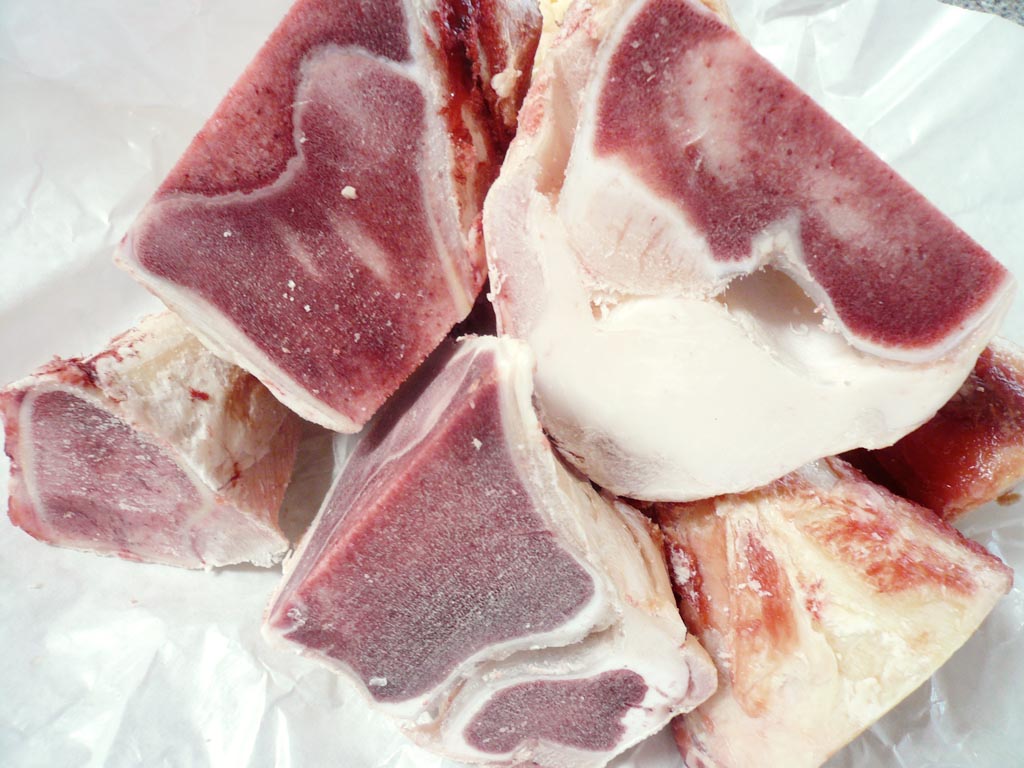
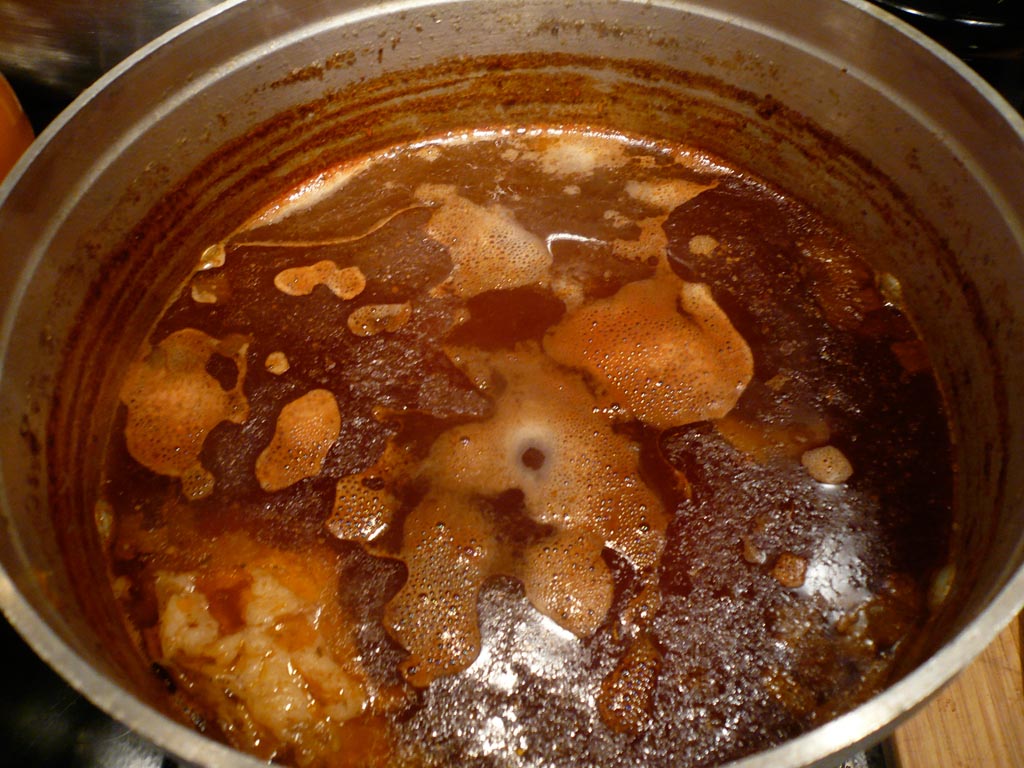
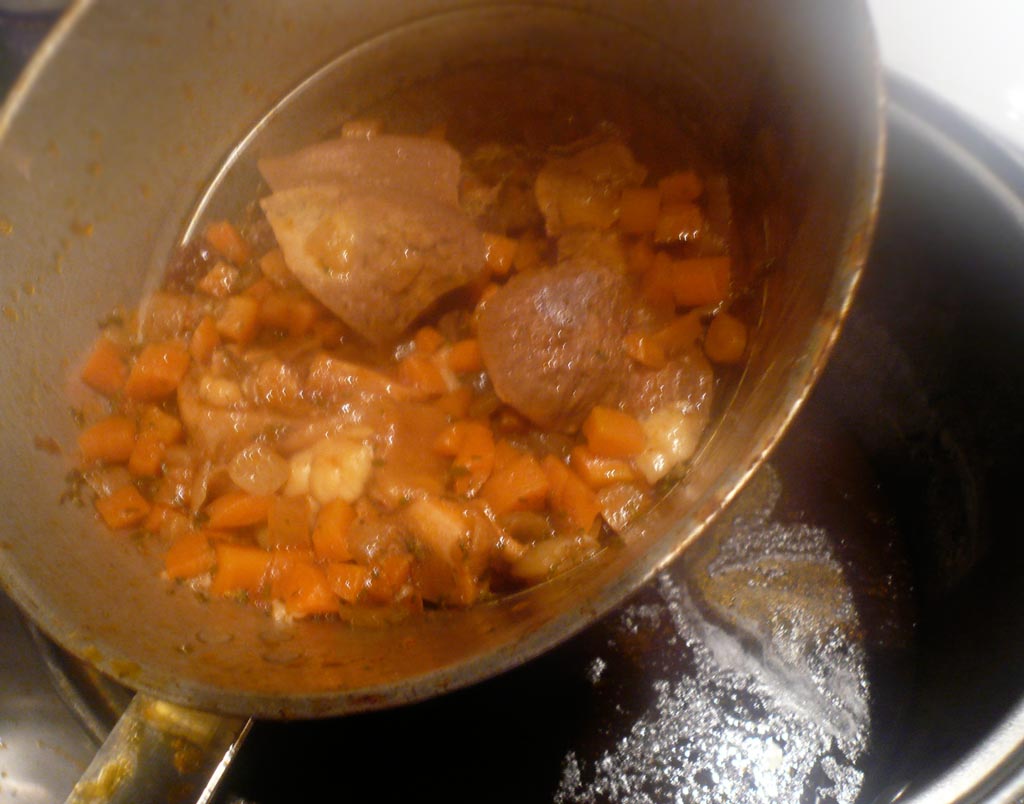
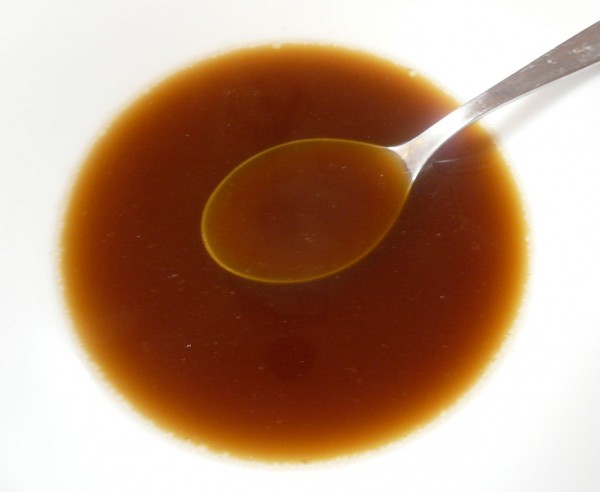
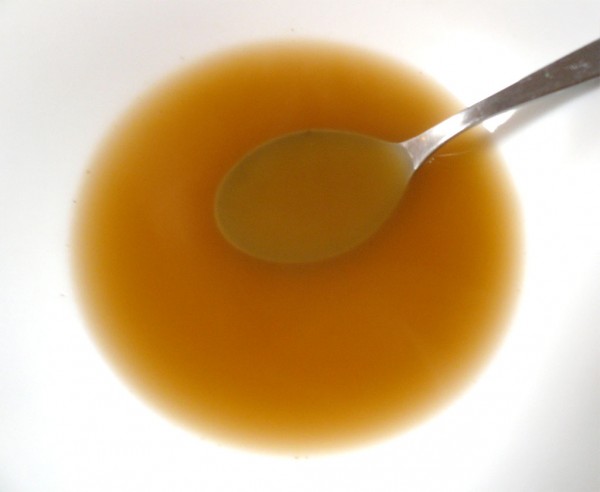
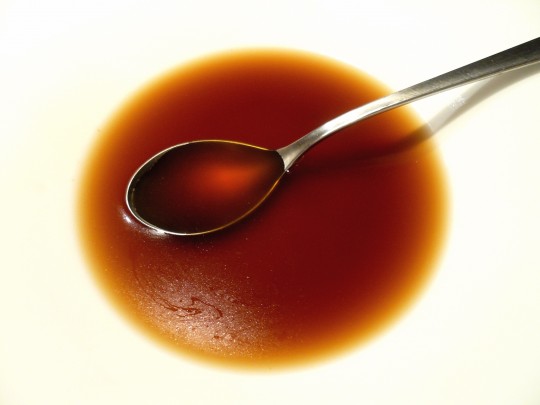
Leave a Reply